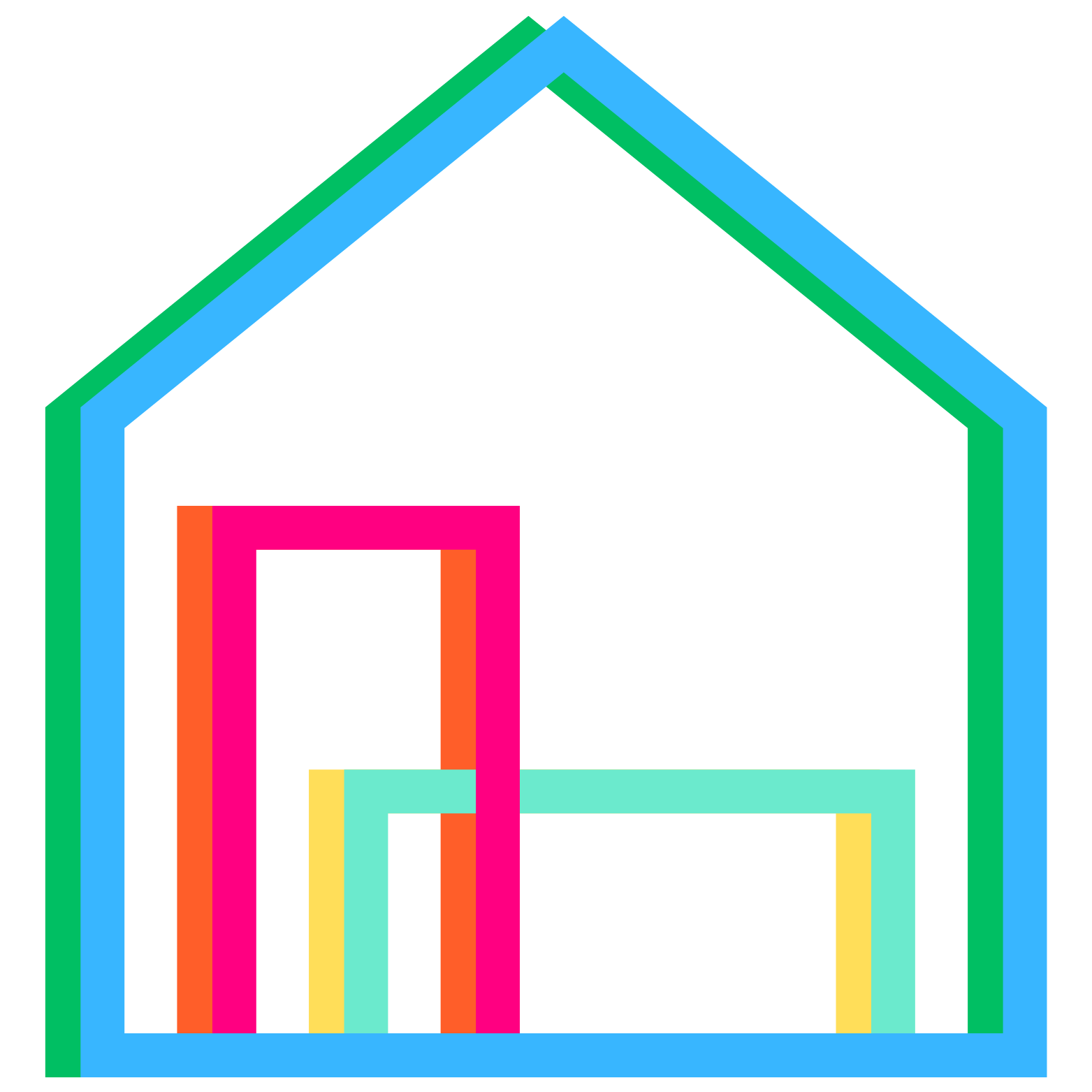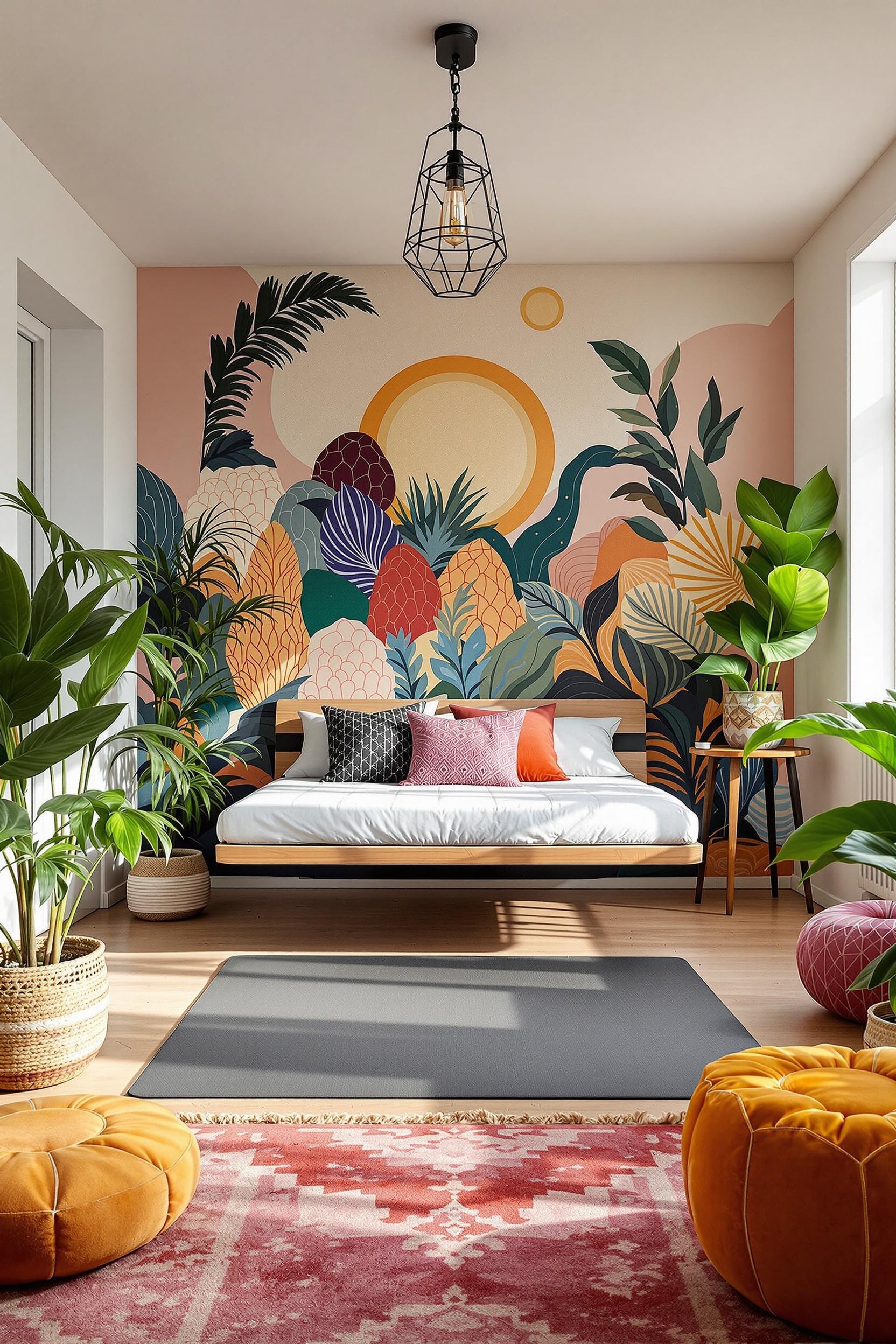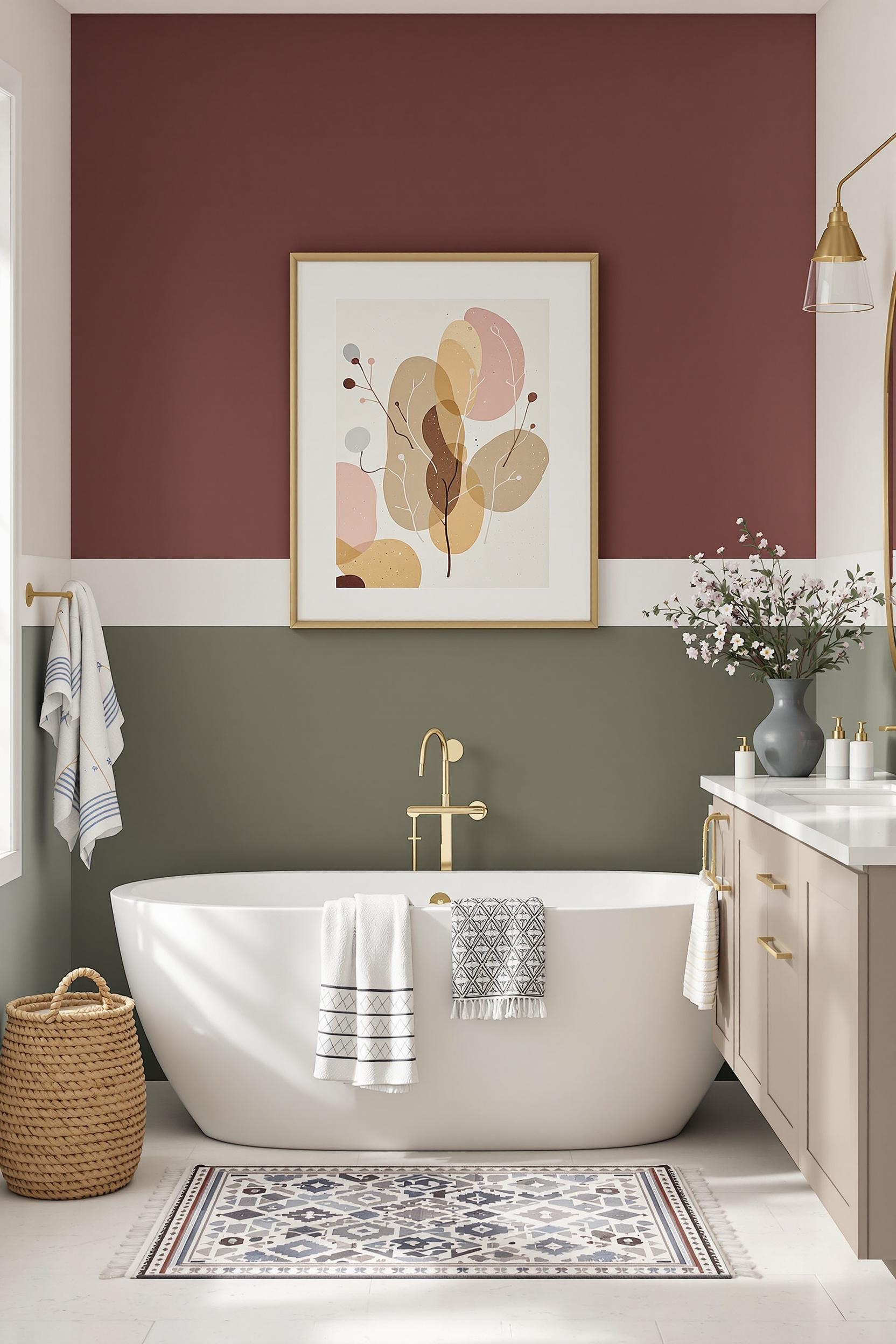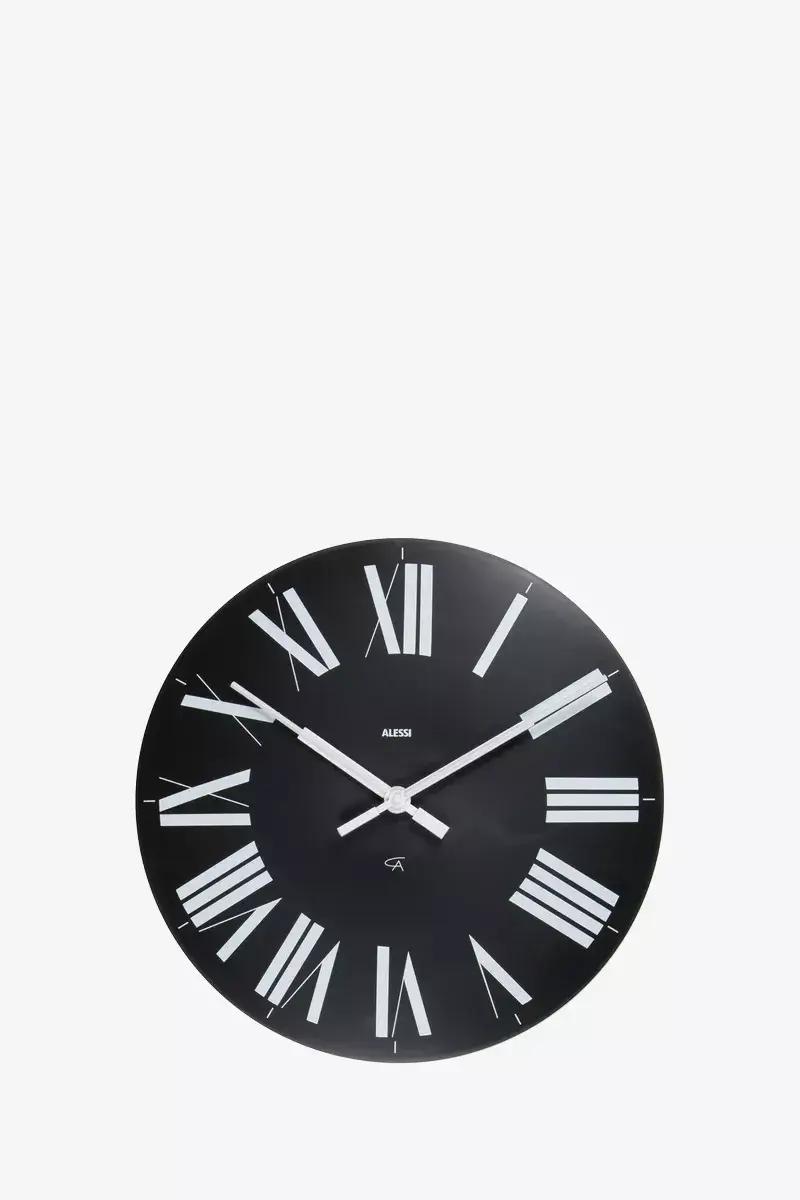Minimalist Multi-Functional Space Design: Color Blocking Your Way to Smart Living
Have you ever felt that your home lacks space even though you try to keep things minimal? As someone obsessed with mindful interiors, I totally get the challenge—we want simple, clean spaces that also work hard for our modern lifestyle. That’s where multifunctional space design ideas and color blocking interior design truly shine. Combining minimalist multifunctional living room ideas with bold visuals, I’ve transformed many small spaces into stylish, zone-friendly sanctuaries.
From studio apartments to open-plan living areas, smart space planning can unlock up to 90% utilization of your floor plan. This fact changed how I think about space. Through color zoning, layering textures, and using smart furniture, you can create visual separation without putting up a single wall. Interested in changing how you view and use your home? Keep reading to see how modern color block rooms and minimalism go hand in hand.
Reimagining How We Live: The Art of a Multi-Purpose Minimalist Home
Today’s homes can’t afford to be single-function. Bedrooms double as offices. Living rooms moonlight as gyms. Need a workspace and a dining nook but only have one room? This is where dual purpose room ideas with color blocking come into play. Instead of cramming in more stuff, I focus on visual cues to mark zones. Think of a studio apartment cleverly divided with purposeful color palettes and textures—truly life-changing!
If I had to summarize the role of color blocking in three words, it would be: space-defining paint. Bold color panels don’t just decorate a room. They frame stories—one zone at a time.
Why Color Blocking Works Wonders in Multi-Use Spaces
Color blocking is more than just choosing random bold hues. It’s a visual zoning system that helps you define and separate areas within a room. For small homes, especially, this trick can double the functionality and improve space perception dramatically. One study showed that with strategic color application, eye-tracking measured greater emotional engagement and even increased comfort levels in viewers.
In my experience transforming minimalist spaces, neutral tones like beige and gray act as a calming canvas. Then, just a pop of teal or marigold helps highlight your nook, home office, or reading seat. The magic happens when you pair these hues with functional furniture that fits seamlessly into your routines.
Furniture that Flexes: Function Meets Style
I can’t talk about multi-function furniture for minimalist spaces without sharing some personal favorites. One is the Artswish Mid Century Modern Office Desk. Its sleek walnut finish and built-in drawer make it perfect for a minimalist home office that blends into your living room effortlessly.
Place it against a deep navy accent wall, and suddenly, you’ve created a working zone without any partitions. Complement the setup with a neutral-toned area rug underneath to reinforce the zone visually. And yes, you can define your space with bold hues, not just boundaries.
| Mid-Century Upholstered Gray Sofa | Walnut Mid-Century Writing Desk |
| $461.20 | $160.53 |
| ⭐ 4.1 (164 reviews) | ⭐ 4.2 (430 reviews) |
 |
 |
Visual Harmony: Pairing Color and Texture
Color isn’t the only zoning tool I use. Texture variation is just as powerful. Think of a muted rug under a velvet chair or a wooden desk backed by a matte blue wall. These contrasts bring invisible dividers to life.
The Lahome Boho Area Rug is a great example of stylish texture. I placed it in a studio apartment corner to define a cozy reading nook. With one armchair and a lamp, the client had a completely new zone in their home—without adding new walls or losing floor space.
| Washable 5×7 Boho Area Rug | Beige Floral Pattern 8×10 Rug |
| $36.99 | $129.99 |
| ⭐ 4.6 (314 reviews) | ⭐ 4.4 (217 reviews) |
 |
 |
Psychology Behind Color Zoning
A well-known study showed that carefully selected color combinations affect emotions and space appeal. Dark bold tones like deep greens and plums evoke luxury. Brighter contrasts stimulate warmth and creativity. Eyes linger longer in zones designed with visual depth, making color zoning a key in perception design.
Transform Your Space Now: Design Revolution Starts Here!
Color zoning and multifunctional design are beyond trends—they’re your lifestyle upgrade. Ready to unlock your home’s full potential?
Your Personal Design Transformation Toolkit Awaits
I’ve crafted a special resource kit just for minimalist multi-purpose room interior design. Backed by studies showing up to 90% space use, you’ll learn to use space saving interior design tips like never before.
Free Design Consultation
- Personalized recommendations
- Color blocking insights tailored to your lifestyle
- Storage solutions for small spaces
- Professional layout evaluation
Exclusive Newsletter
Stay ahead with expert trends, interviews, tips, and more! Subscribe now:
Join the Design Revolution Now!
30-Day Design Challenge!
Join our transformation challenge with weekly design goals, before-and-after tracking, and a chance to be featured in our color zoning open plan living design showcase.
Frequently Asked Questions: Mastering Multifunctional Space Design
Q1: How can color blocking help in a small space?
It zones areas clearly. Use strong contrast walls or area rugs to separate work, sleep, and relaxation.
Q2: What storage works best?
Vertical units, multi-purpose furniture, and hidden compartments are best. Try desks and sofas with built-ins for extra functionality.
Q3: Does color affect how I feel in a space?
Absolutely! Certain tones increase comfort, focus, or calm. Color zoning influences mood greatly.
Q4: Can space really be optimized up to 90%?
Yes. With proper space strategy and visual zoning, compact apartments can perform like bigger homes.
Q5: What are the essentials of minimalist multi-function design?
- Neutral base + bold accents
- Purpose-driven furniture
- Hidden or vertical storage
- Restraint in decor
- Strategic furnishings layout
Now that you’re equipped with modern ideas for multifunctional minimalist interiors, it’s your turn! Take on the design challenge, grab product inspirations, or sign up for expert tips.
Ready to create a space that works as brilliantly as you do?






